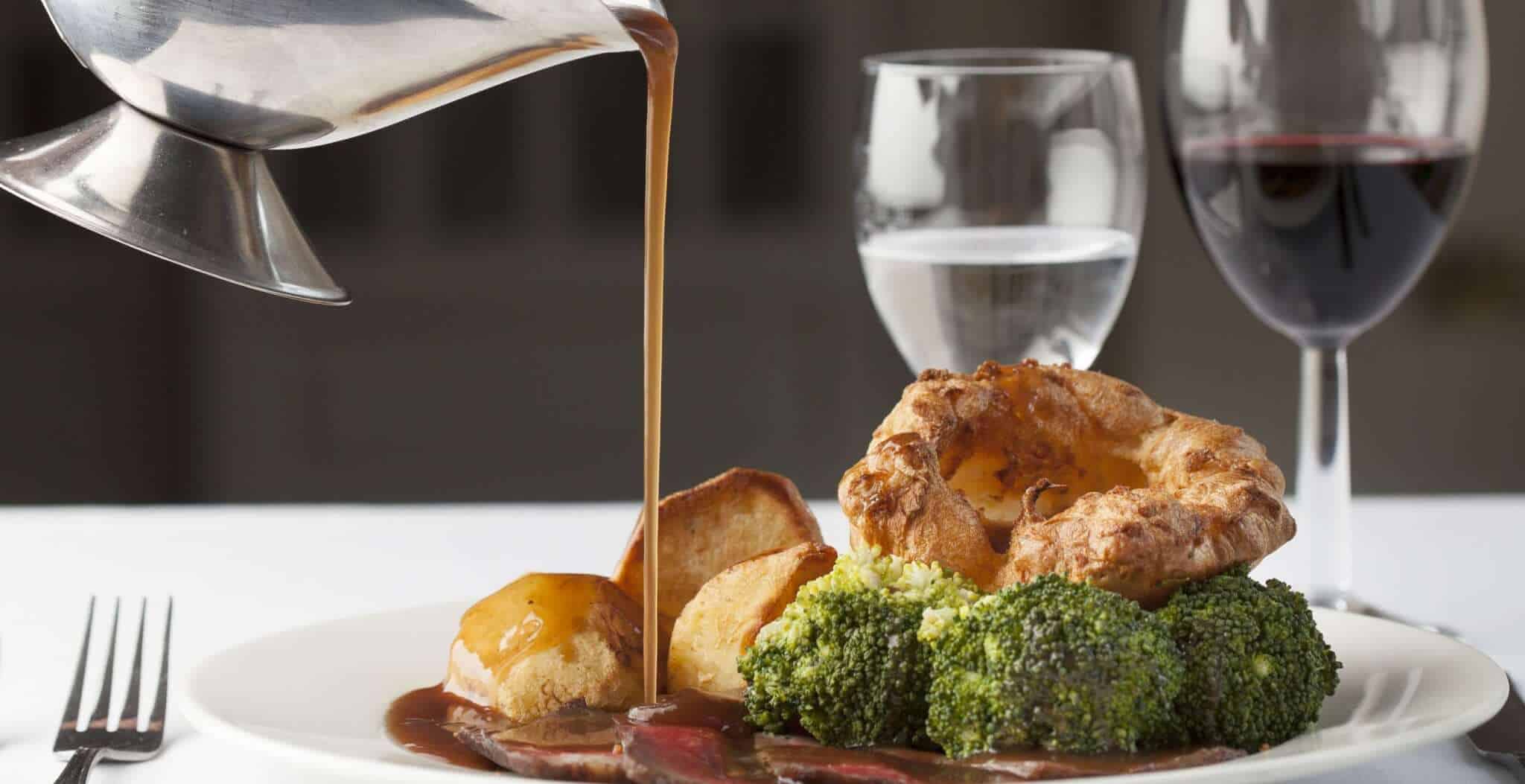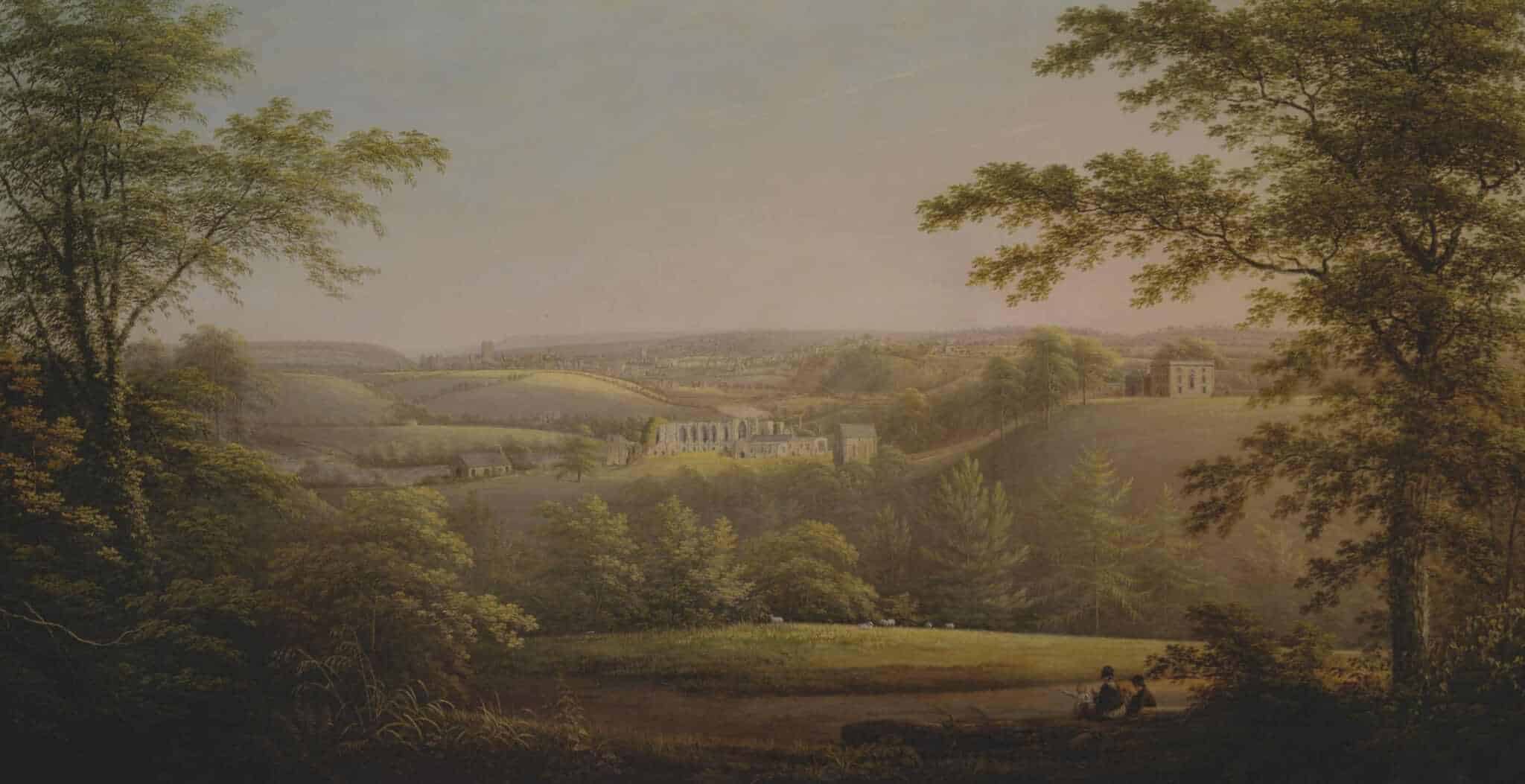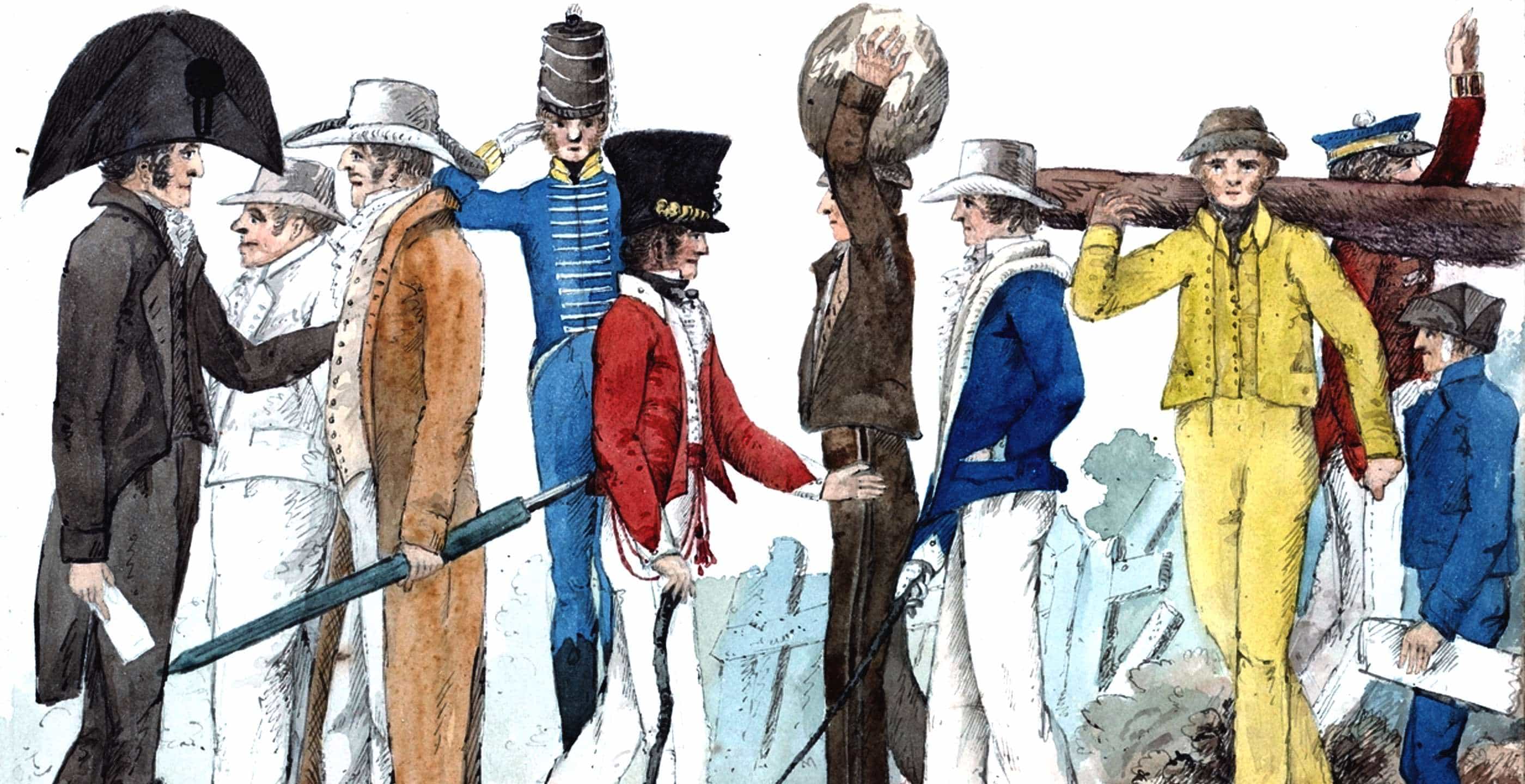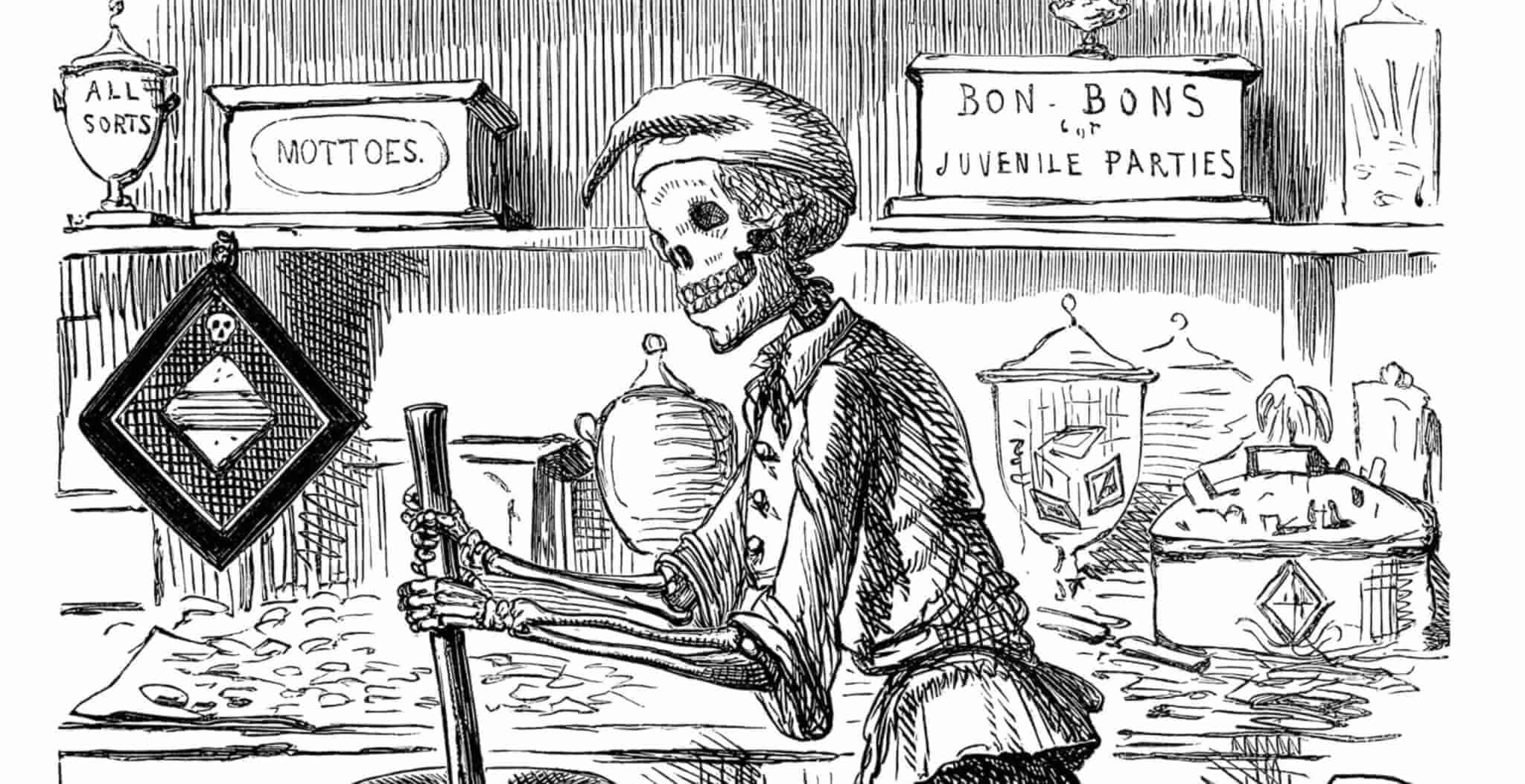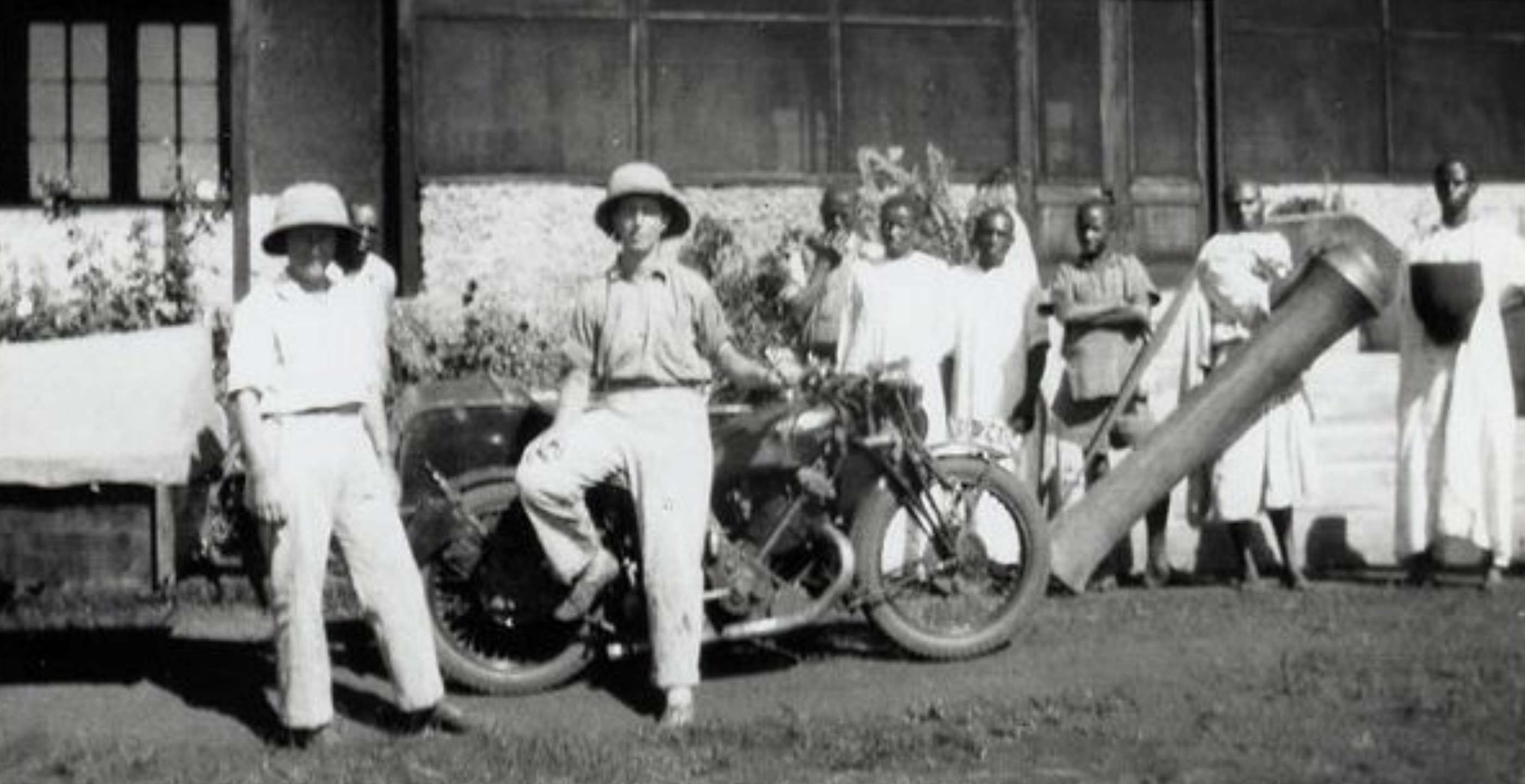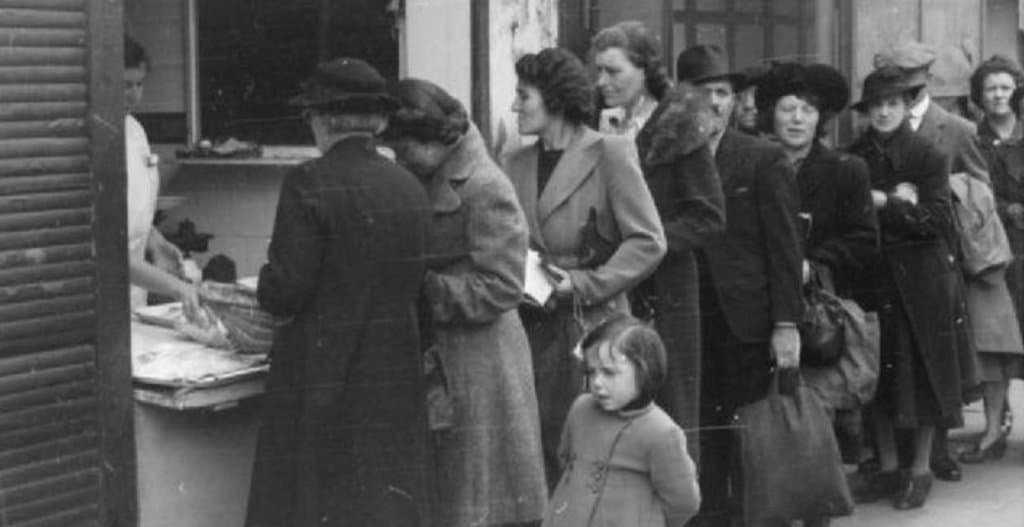Bread and dripping: a phrase that can evoke instant nostalgia in anyone of mid-twentieth century vintage. Fans of healthy eating may recoil at the concept of storing beef fat from the Sunday roast to spread on bread or reuse as a cooking fat. However, that’s a very recent response compared to the length of time in which dripping was seen as a valuable and nutritious commodity.
Dripping was so valuable, in fact, that people would even riot over it. That’s what happened in the city of Leeds, Yorkshire, in February 1865. This was no minor affair, but a serious state of disorder which required the 8th Hussars to be on standby at York and a massive police presence on the streets of Leeds.
It all began when Eliza Stafford, a cook in the employ of surgeon Henry Chorley, took a couple of pounds (approximately 0.91kg) of dripping to one of her acquaintances, a dressmaker, to sell. It’s indicative of the value of dripping as a commodity that it had a street value and no doubt there was quite a lucrative trade in it as it passed from hand to hand among working folk.

When her employer discovered what she had done, he was so angry that he arranged to have her prosecuted. Eliza said that it was simply one of the perks of the job and she had done nothing wrong.
This statement is plausible, since it’s true that there always were perks to being a servant. In Georgian times, for instance, it was often accepted that servants had the right to collect candle-ends and melt them down for resale. Wax candles were very valuable, but even the tallow (animal fat) candle ends, like the dripping, had a value, so it was a perk of the job.
Henry Chorley was a Justice of the Peace, so it was easy for him to use his authority to push for Eliza to be prosecuted. That’s how it seemed to her supporters, anyway. When Eliza appeared in front of the Leeds Borough Magistrates on 23rd January 1865, the hearing was held in secret and clearly Chorley would have known who they were.
Eliza argued that she had done nothing wrong, as it was one of the perks of the job. Chorley accused her of other thefts, saying that this was simply the one for which he had evidence. Eliza Stafford was sent to jail for a month.
Eliza had a lot of support. Leeds was a wealthy city for some, but for members of the working class times could be hard and life was precarious. Probably the incident showed up the difference between rich and poor all too clearly, and a strong sense of injustice began to show itself through people protesting on the streets.

Signs in support of Eliza began to appear all over the city and Chorley was pursued by people hurling insults at him. Songs and chants were made up with the chorus “Dripping! Dripping!” and the like. Soon chalked insults began to appear on the walls of his house too.
The week before Eliza’s sentence was up, there was a massive protest outside the jail itself and a smaller one at Chorley’s house. An estimated 12 – 15,000 people had gathered at the jail, with a further 700 in the street at Chorley’s house, throwing snowballs at his windows.
Soon things would take a more violent turn. Crowds gathered at the prison on the day of Eliza’s release, little knowing that she had already been let out and had left the city for the safety of family elsewhere.
By that point however, the crowds would not be denied a protest and headed for Chorley’s house. This time it was stones, not snowballs, that they were throwing and when Chorley left his house to try to reason with them, he became the target of their missiles.
When the police arrived to deal with the crowd, they too had stones and snowballs thrown at them. The Mayor of Leeds, who had been on the bench at Eliza’s trial, requested police reinforcements from nearby Bradford and sent telegrams to York to put the 8th Hussars on standby. There were several casualties during the day and one man, George Hodgson, fell and was trampled underfoot. His injuries were so bad that he died a few days later.
Afterwards, one man was jailed for seven days, though both magistrates and participants in the riot seem to have wished the affair to be forgotten. The intensity of the response to Eliza Stafford’s treatment was a good indicator of how a sense of injustice can arise from the most apparently inconsequential incident.
It is interesting that both Eliza Stafford and Henry Chorley saw sufficient value in dripping to make an issue over it. For Eliza, it was probably the difference between surviving on a subsistence wage or allowing herself some small comforts. For Chorley, it was a principle; his cook had stolen from him, and that was a criminal offence.
Bread and dripping can still provoke strong feelings, either of nostalgia or disgust. During the 1940s and 1950s, for instance, with food scarce and frugality a virtue, that working class staple bread and dripping was often a stand-by in middle class boarding schools. Thankfully however the Leeds Riots of 1865 have, to date, been the only riots involving dripping!
Miriam Bibby BA MPhil FSA Scot is a historian, Egyptologist and archaeologist with a special interest in equine history. Miriam has worked as a museum curator, university academic, editor and heritage management consultant. She is currently completing her PhD at the University of Glasgow.



